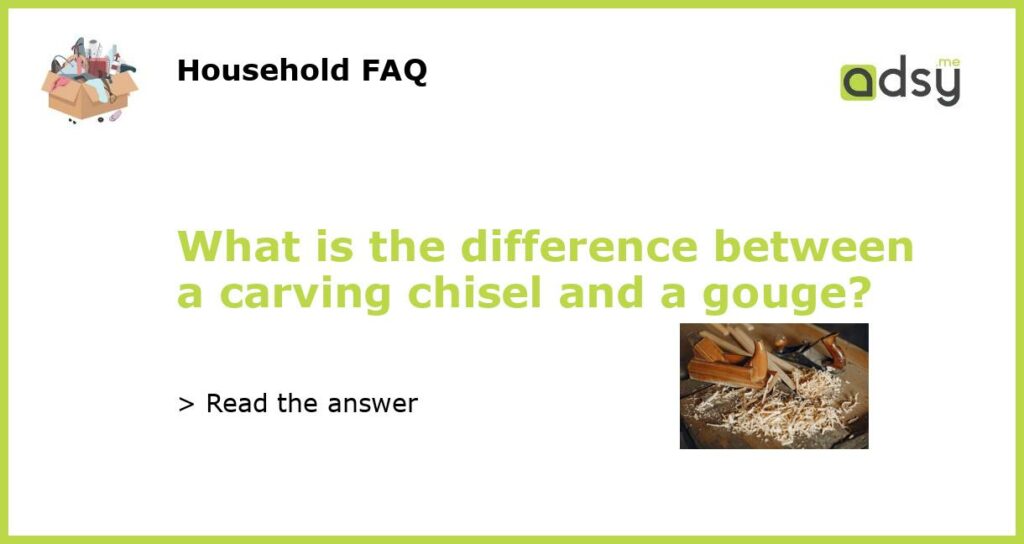Carving Chisel vs. Gouge: Understanding the Differences
If you’re a woodcarver, you need to understand the differences between carving chisels and gouges. Although these two tools may look similar, they serve different functions.
What is a Carving Chisel?
A carving chisel is a tool with a straight edge that carves through wood with a pushing motion. The blade is flat and has no curvature, making it ideal for removing large chunks of wood or creating crisp, flat surfaces. Carving chisels vary in size and shape, with wider blades being suitable for larger cuts and narrower blades for detail work.
What is a Gouge?
A gouge is a tool with a curved blade that carves through wood with a scooping motion. The curvature of the blade enables the tool to remove wood in a curved shape, making it ideal for creating hollows or curves in a piece of wood. Gouges also come in various sizes, with wider blades for large curves and narrower blades for small details.
The Main Differences Between a Carving Chisel and a Gouge
The main difference between a carving chisel and a gouge lies in the shape of the blade. Carving chisels have flat, straight blades, while gouges have curved blades that vary in curvature depending on the tool’s size and shape. Gouges can remove wood from a piece in a scooping motion, while carving chisels can only remove wood by pushing against it. Additionally, their strengths lie in different areas, with carving chisels excelling at flat surfaces and gouges being best for creating curves and hollows.
Which Tool to Use for Which Job?
Choosing the right tool for the job depends on the type of cut you want to make. If you’re looking to create a flat surface or remove large chunks of wood from a piece, a carving chisel is the right tool for the job. If you’re looking to create curves or hollows, a gouge is the better choice. Both tools play an essential role in the carving process, and understanding their differences is vital to knowing when to use one over the other.






